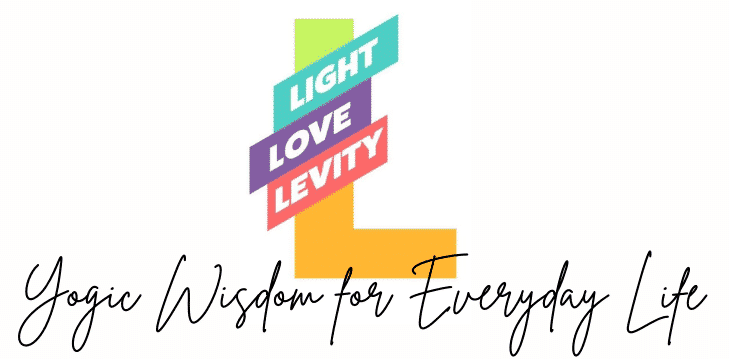Exploring Chanting and Mantra in yoga is an access point to the true power of sound. Before we dive in, let me share a quote with you that encapsulates the yogic belief in the significance of sound as the essence of life: “In the beginning was the Word, and the Word was with God, and the Word was God. The same was in the beginning with God.” – John 1:1 While this quote originates from the Christian tradition, it resonates deeply with the yogic belief in the primacy of sound. In yoga and Hindu philosophy, the concept of “Nada Brahman” reflects a similar idea: that the universe and all of life emerged from the primal sound, “Om.” This belief holds that sound, vibration, and the spoken word are not merely expressions
Use Your Voice
In the diverse and rich practice of yoga, chanting and mantra hold a special place, often considered as pathways to higher consciousness and inner peace. Though sometimes used interchangeably, these two practices have distinct characteristics and benefits. Let’s delve into the world of chanting and mantra in yoga, understanding their differences and how they can enhance your yoga journey.
What is Chanting?
Chanting in yoga involves the rhythmic speaking or singing of words or sounds. It is often done in a group setting, creating a communal and immersive experience. The chants are typically in Sanskrit, the ancient language of India, and can range from simple, repetitive sounds to longer verses from yoga texts. Namaste Young: How Kirtan Kriya Can Keep Your Mind as Sharp as Your Yoga Poses
Benefits of Chanting
- Creates a Sense of Unity– Group chanting fosters a communal bond among practitioners.
- Improves Concentration– The repetitive nature of chanting can help focus the mind, reducing distractions.
- Enhances Vocal Strength and Clarity– Regular chanting can improve voice modulation and projection.
What is Mantra?
A mantra, on the other hand, is a sacred utterance, a sound, word, or group of words believed to have psychological and spiritual powers. Mantras are often silently repeated in meditation. They are tools for the mind, helping to focus and redirect thoughts. Explore Mantra
Benefits of Mantra
- Promotes Inner Peace– The repetition of mantras can lead to a state of deep meditation, promoting calmness and inner peace.
- Increases Awareness and Mindfulness– Mantras help in bringing the mind back to the present moment.
- Facilitates Personal Transformation– Regular practice of mantra can lead to insights and personal growth.
- Differences Between Chanting and Mantra– While chanting is vocal and often communal, mantra practice is usually silent and introspective. Chanting works externally to unify a group and create an energized atmosphere, whereas mantras work internally, guiding the individual towards meditation and self-awareness.
Incorporating Chanting and Mantra into Your Practice
- Start or end your yoga sessions with a simple chant like “Om” to harmonize body, mind, and spirit.
- Choose a personal mantra and dedicate a few minutes of your daily meditation to silently repeat it.
- Attend group chanting sessions to experience the collective energy and vibrations.
Chanting and mantra are powerful aspects of yoga that offer unique paths to wellness and spiritual growth. Exploring Chanting and Mantra requires a little work with the throat chakra. Whether it’s the communal harmony of chanting or the introspective journey of mantra meditation, these practices can deepen your yoga experience, leading to greater peace and fulfillment. Embrace the vibrational power of these ancient practices and discover a deeper connection with yourself and the world around you. 7 Chakras And You
*For more insights into the transformative practices of yoga, follow our blog for regular updates and tips.*
Nada Yoga
The Benefits of Different Yoga Practice

